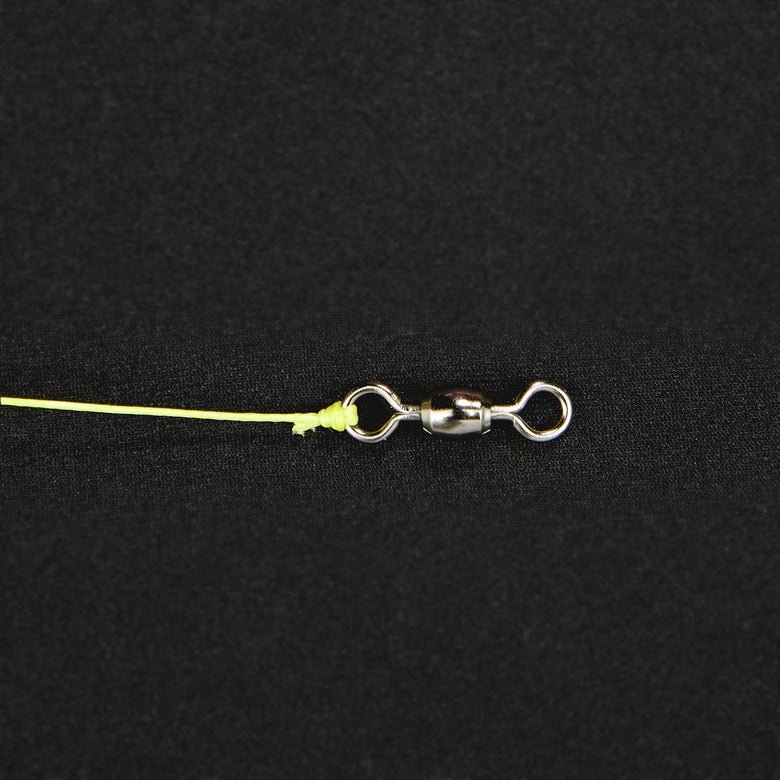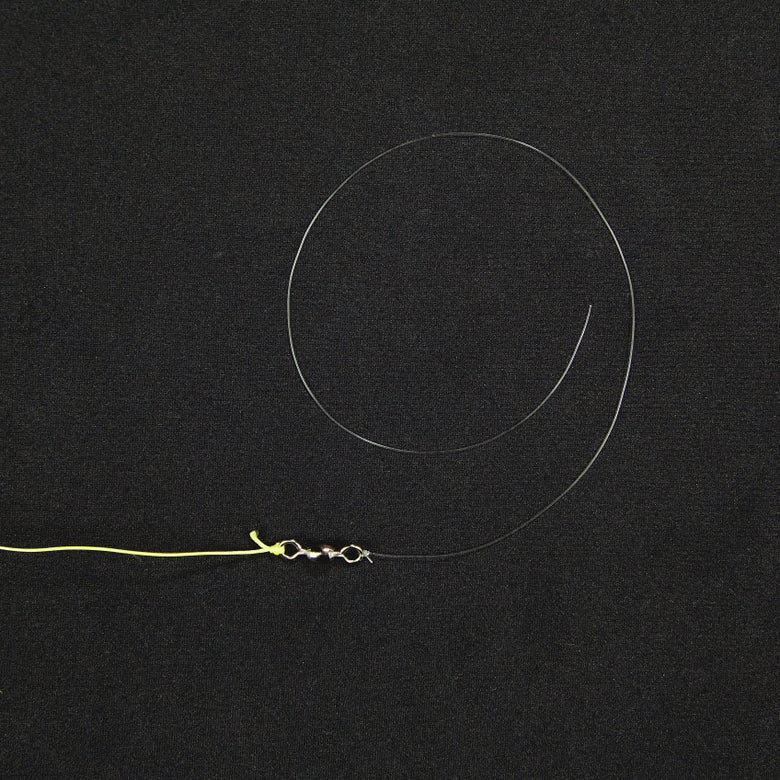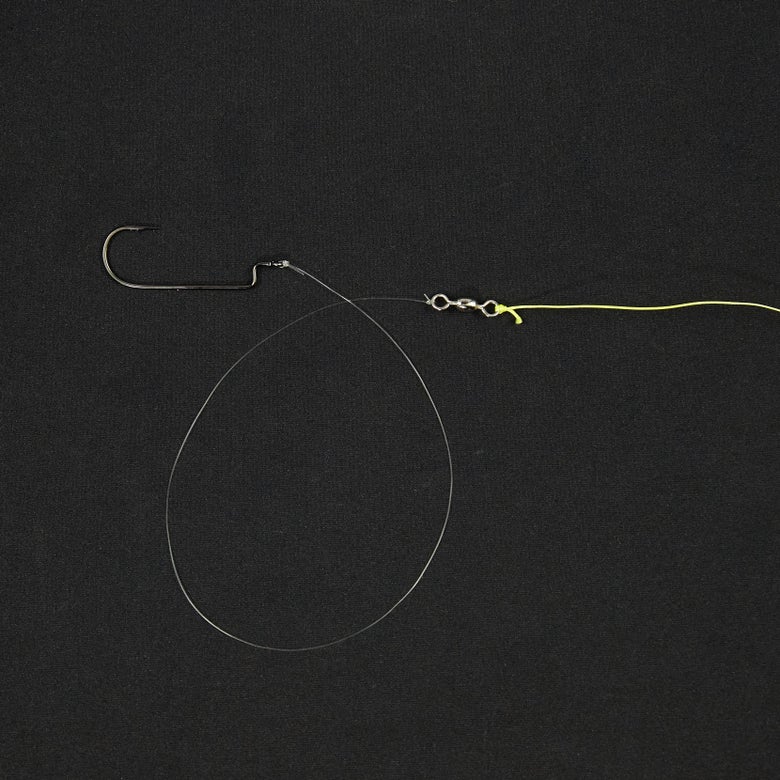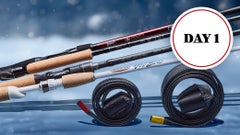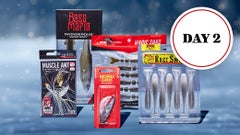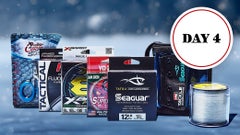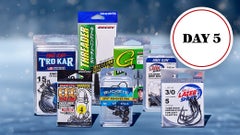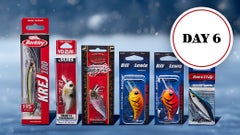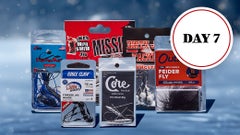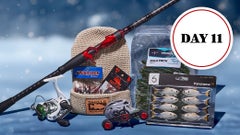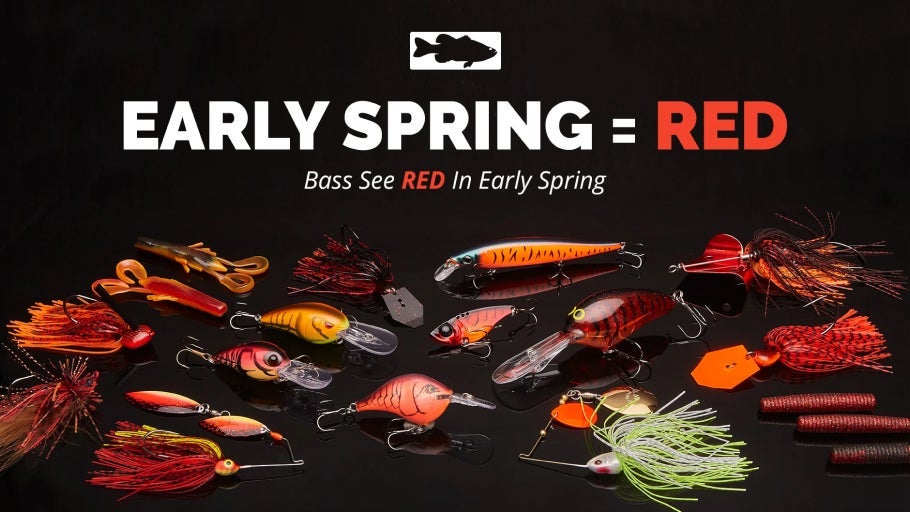
Spring Time Floating Worm Rigging and Gear Guide
An old-school technique underutilized by modern anglers, the floating worm’s brightly colored flare and slow, aggravating action can be deadly when targeting shallow bedding areas during the spring. Incredibly lightweight and ultra-weedless, the floating worm excels when subtly skipped around docks, brush, and tules, making it an invaluable tool for exploring the hard-to-reach areas where bass like to spawn.
When the fish are more active, a twitch-pause retrieve can be very effective, but the slow falling action of the floating worm also shines when paused over beds or other targets for long periods of time. Bright colors are commonly used during the spawn to trigger a defensive response from fish that are protecting their eggs on a bed or guarding fry. A floating worm allows you to cover water quickly with a finesse approach, and even if the fish doesn’t take the worm, the bright colors and erratic movements can evoke a reaction that will give up the location of a bed or where they are staging.
Floating Worm Types & Colors
Often misunderstood, the floating worm doesn’t necessarily mean you need to fish with a worm that actually floats. Anglers can use nearly any straight-tail worm in their tackle box. The goal of a floating worm is for the worm to suspend high in the water column or sink ever so slowly to entice a bite. Anglers can experiment with worms that have different sink rates to see what the fish react to the best. Worms that are made from ElaZtech or similar materials will keep your presentation near the surface, while other worms with a higher salt content like the Zoom Trick Worm will slowly sink or suspend like a wounded baitfish.
The floating worm is a highly visual technique, so bright colors are commonly used to help the angler easily spot the worm in the water. Try using colors like bubble gum, chartreuse, merthiolate, or white during the spawn so you can accurately fish near beds, easily see when you’re bit, and replicate your retrieve that made the fish react. When presented with extremely clear water, you may find that bright colors are too intrusive, so having a natural or shad color option on hand provides a good backup plan.
Floating Worm Rods
What’s most important when choosing a rod for your floating worm is that you feel comfortable accurately casting or skipping with very little weight, whether you select a casting or spinning rod. Try using a medium to medium-heavy powered spinning rod in the 7’ – 7’3” range for 4- to 6-in floating worms. A medium-heavy casting rod with similar specifications will work if you are more comfortable with casting gear, using a bigger 6- to 12-in worm, or the situation simply calls for heavier line or tackle.
Floating Worm Reels
Pick a spinning reel or casting reel with a slower gear ratio (5.1:1 – 6.1:1) when fishing the floating worm. Your goal is to keep the worm near a bed or in the strike zone for as long as you can to trigger a reaction strike, so you may find that high-speed gear ratios will have the tendency to pull the worm away from your target too quickly. The wider spool of a 3000-size spinning reel will help you cast the lightweight lures and still handle a bigger fish. Any mid-size casting reel in the 100 to 150 size should provide plenty of line capacity and power.
Floating Worm Line
Most anglers look for the no-stretch performance of braided line and the translucency of a fluorocarbon leader when fishing the floating worm. Typically you are using a stout, wide-gap hook, so braided line helps provide the power you need to set the hook. The floating worm is often fished near extremely shallow, heavy cover, so you need a line that offers plenty of abrasion resistance and strength. On a spinning outfit, 10- to 20-lb braided line with an 8- to 15-lb fluorocarbon leader will cover most floating worms. Straight 10- to 15-lb fluorocarbon on casting reels will cover most scenarios.
Modifications & Rigging
Hook size is dependent on preference and what size worms you choose to fish, but many anglers prefer an offset wide-gap hook, Texas-rigged, with a good bait keeper to keep the presentation weedless. Floating worms tend to spin or tumble, so you may want to incorporate the use of a swivel and leader to reduce line twist. Keep a pair of pliers handy, because you may need to bend your line tie to match the natural lay of the worm so that it swims straight during your retrieve.
Tips & Techniques
When fishing the floating worm, it’s important to be highly aware of what’s going on around your bait. A lot of times when a fish eats, it will flash, roll, or swirl on the worm when your line is slack, so you need to be ready to set the hook when you see them bite. To keep the worm as weedless as possible, try rigging the head of the worm completely over the hook eye and knot so your worm can pull through vegetation with ease. Upsizing your swivel or increasing the gauge wire of your hook can also help you vary the sink rate of your worm.
Rigging Instructions
Step One: Attach Swivel to Main Line
The first step when rigging up a floating worm is to attach a swivel to your main line using your preferred connection knot.
Step Two: Attach Leader
Attach the leader to the other end of the swivel and give yourself enough line to have 12” to 18” between your swivel and hook when the rig is complete.
Step Three: Attach Hook
Attach your favorite hook for the style of worm and type of cover you’re fishing.
Step Four: Rig Worm
There are two different schools of thought when it comes to rigging your worm.
The first is a straight version, just like how you would rig on a tex-posed weedless Texas-rig. This option is believed to give anglers a better side-to-side gliding action.
The second is to add a kink into the belly of the worm instead of perfectly straight. For this rigging method, you want to add more plastic in between the eyelet and the point of the hook to achieve a bend in the worm. That bend can help anglers gain a more erratic and unpredictable action when twitching the worm.
The spring season is one of the best times of the year to catch a giant bass and the floating worm could be your secret weapon to trigger the bite of a lifetime. Make sure to keep one tied up and on the front deck of your boat anytime the fish are moving up shallow to spawn.
Related Articles

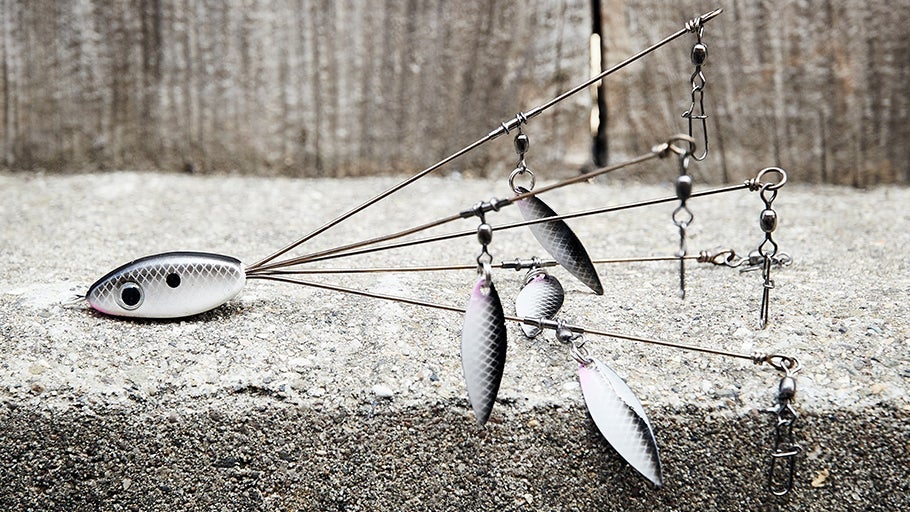
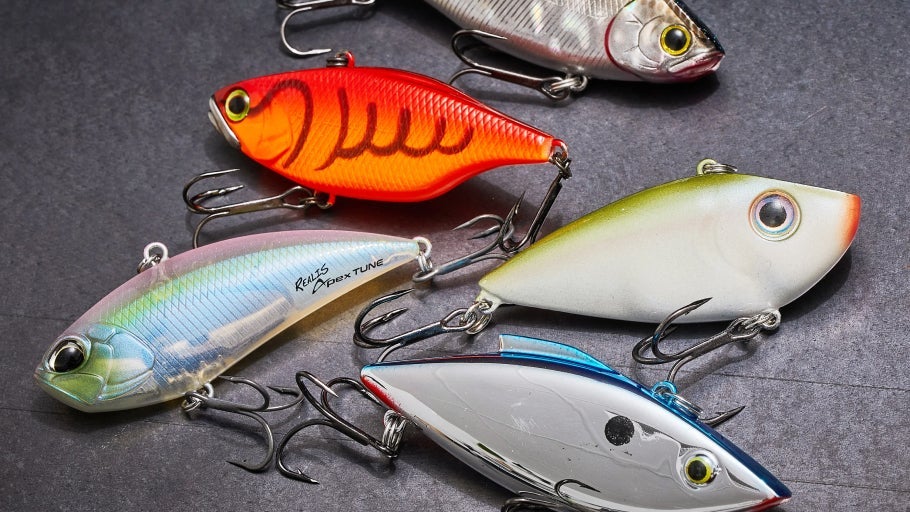
.png&nw=780)










































































